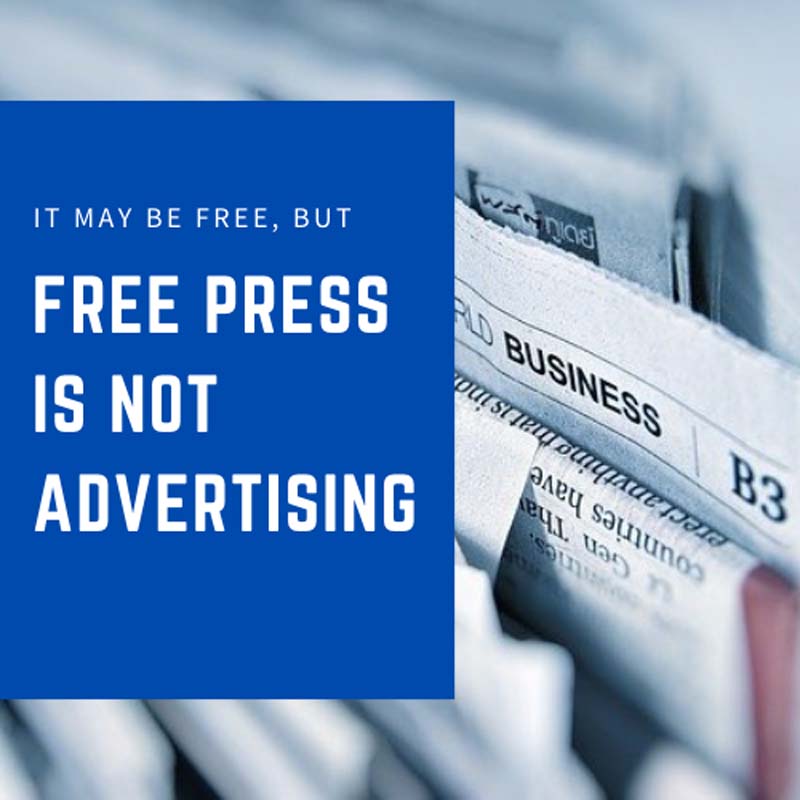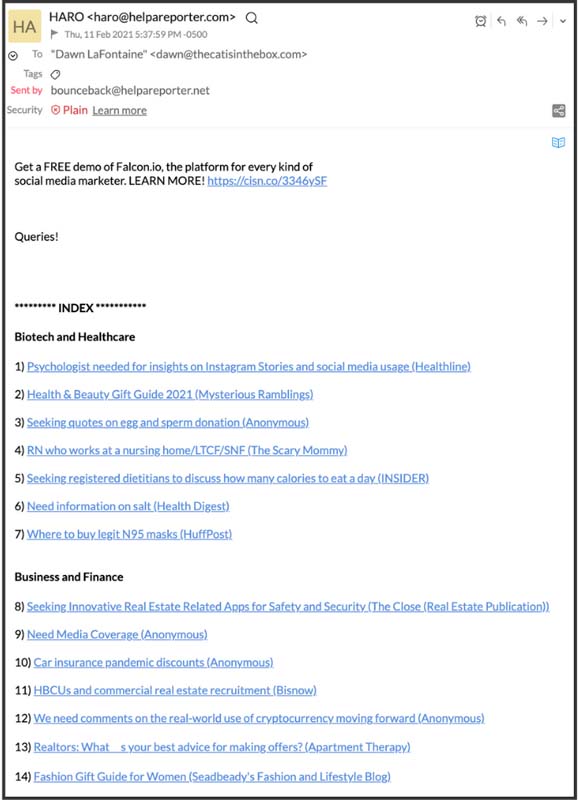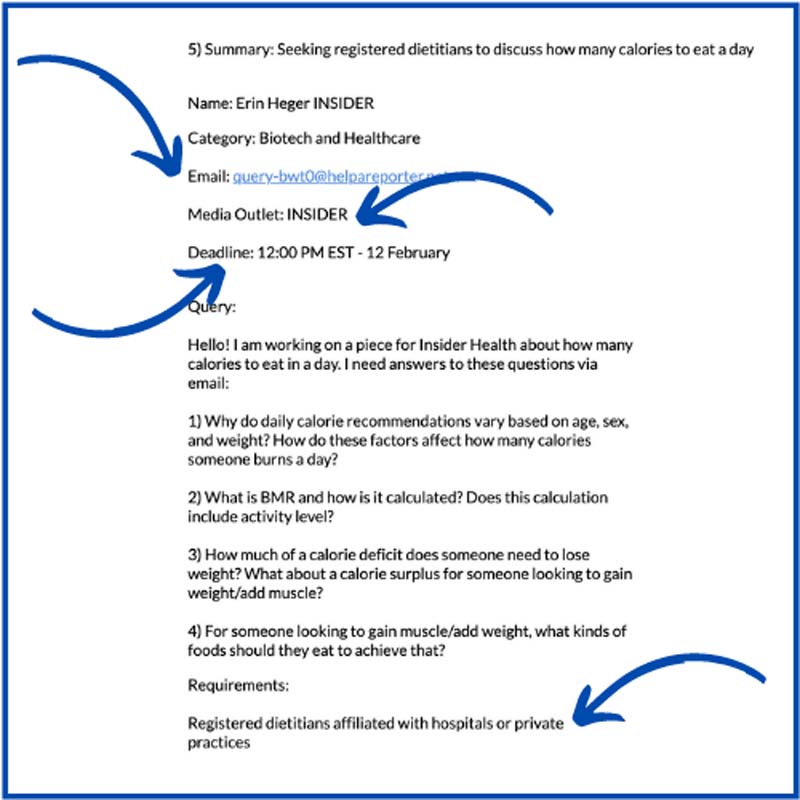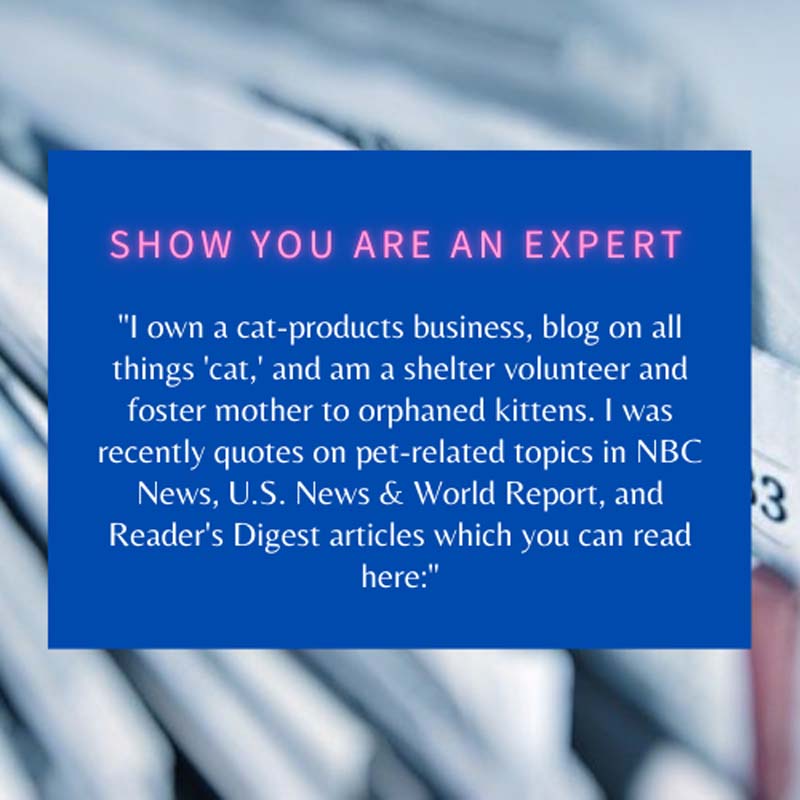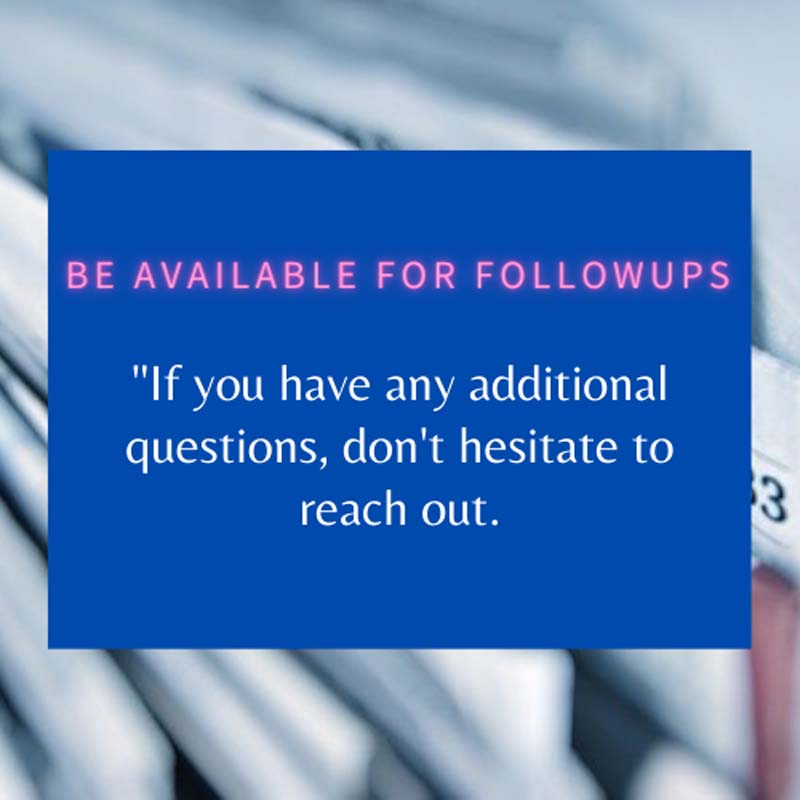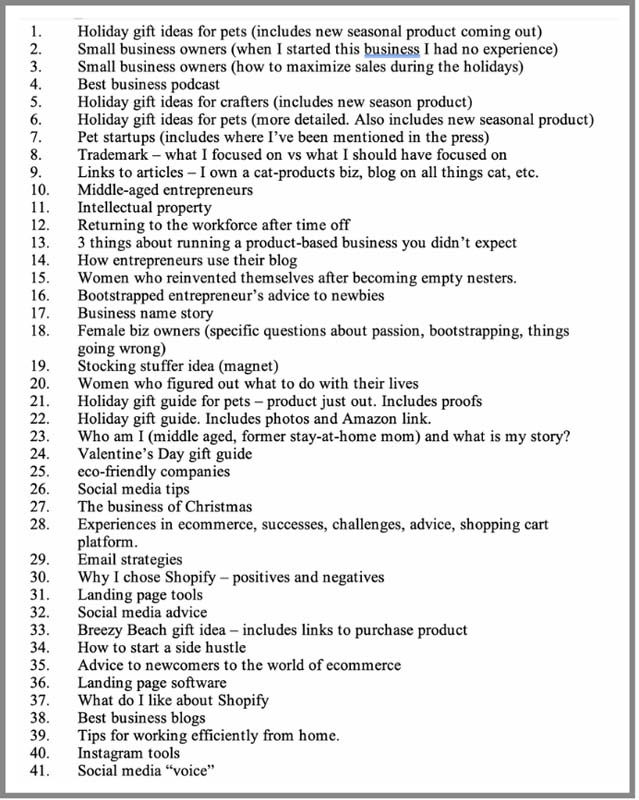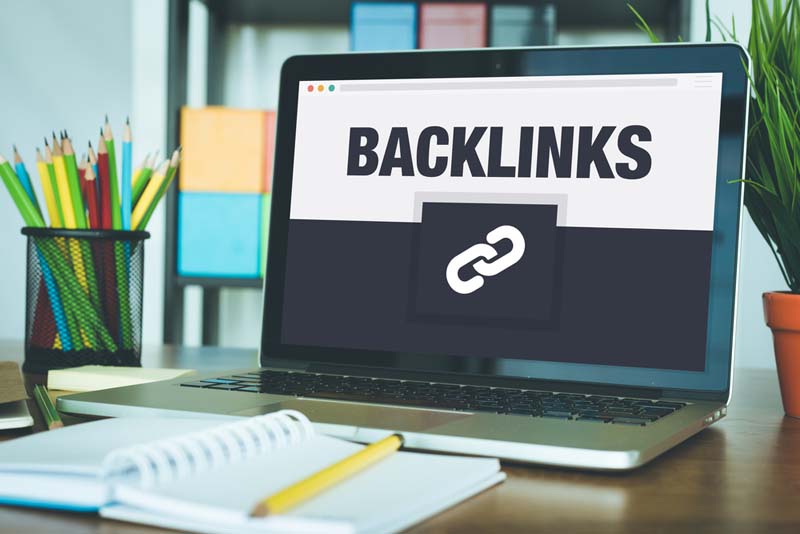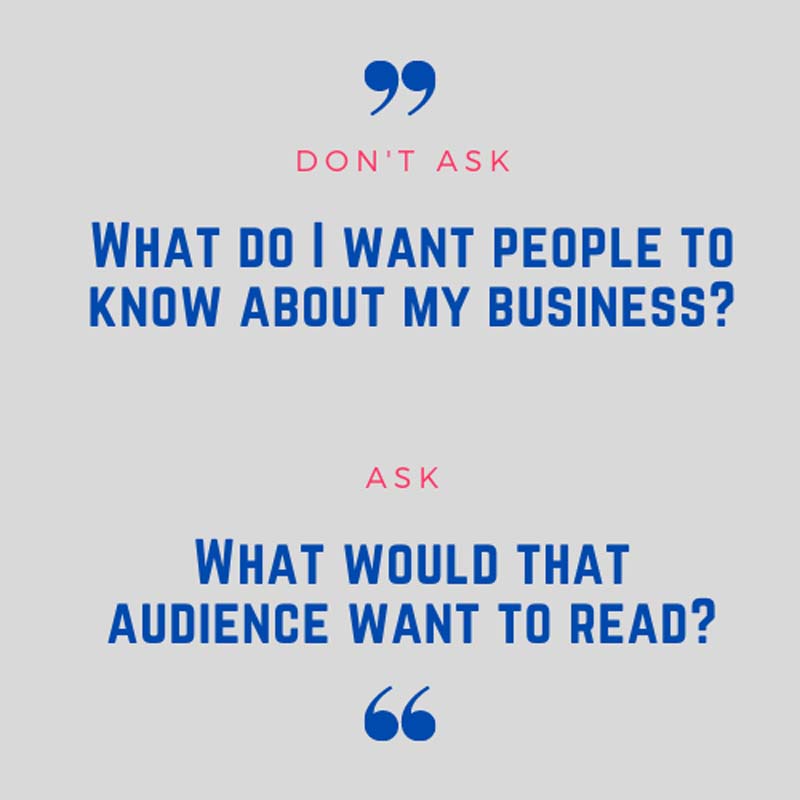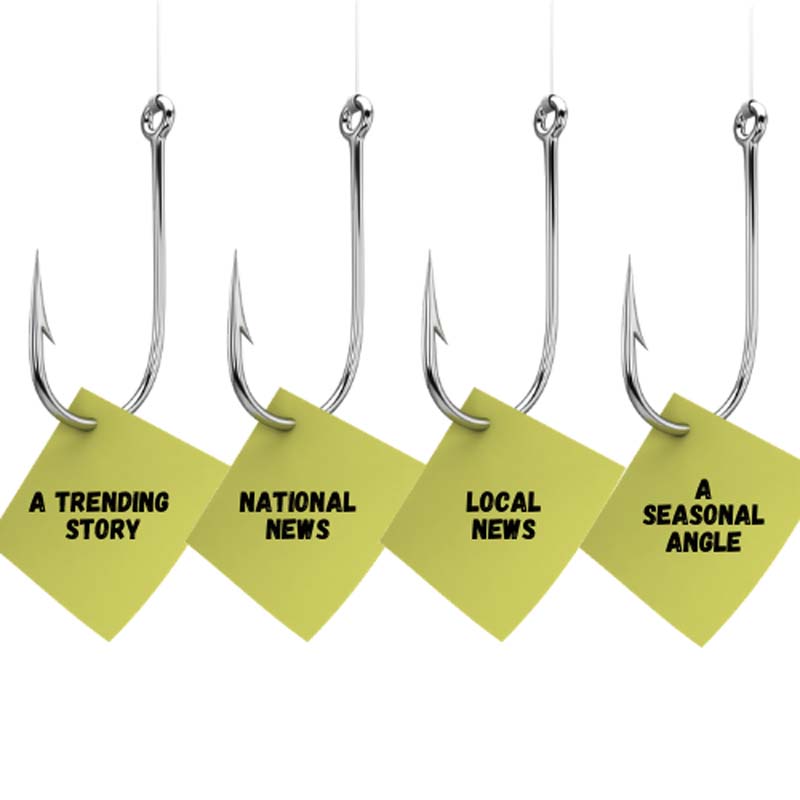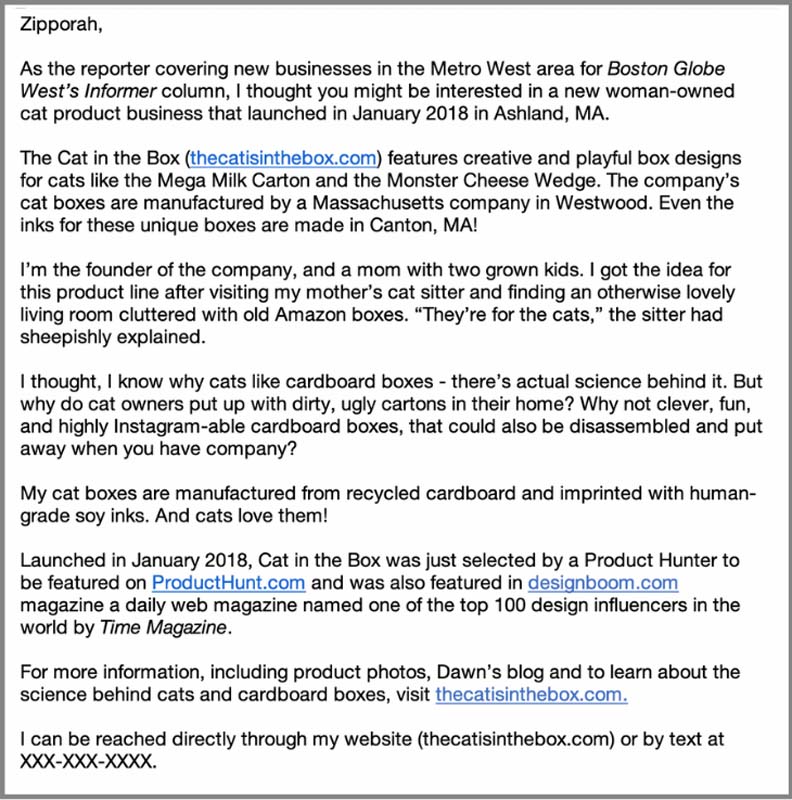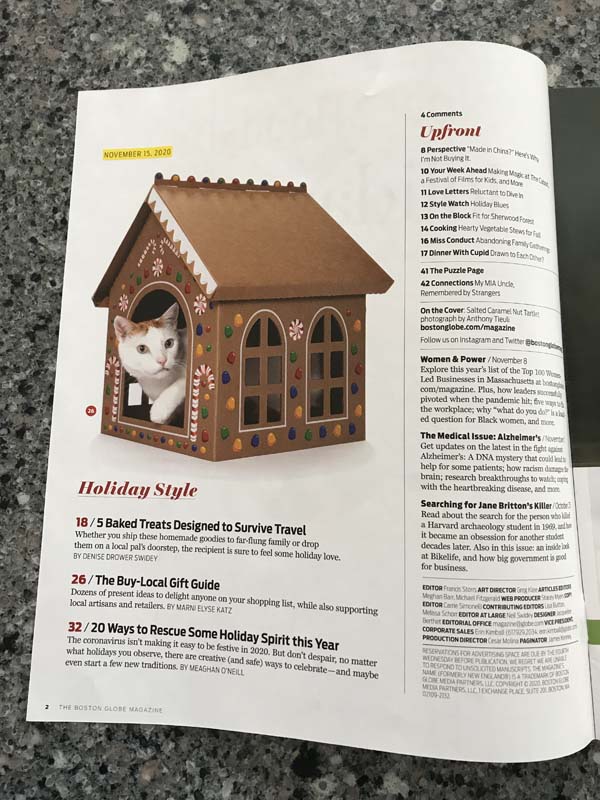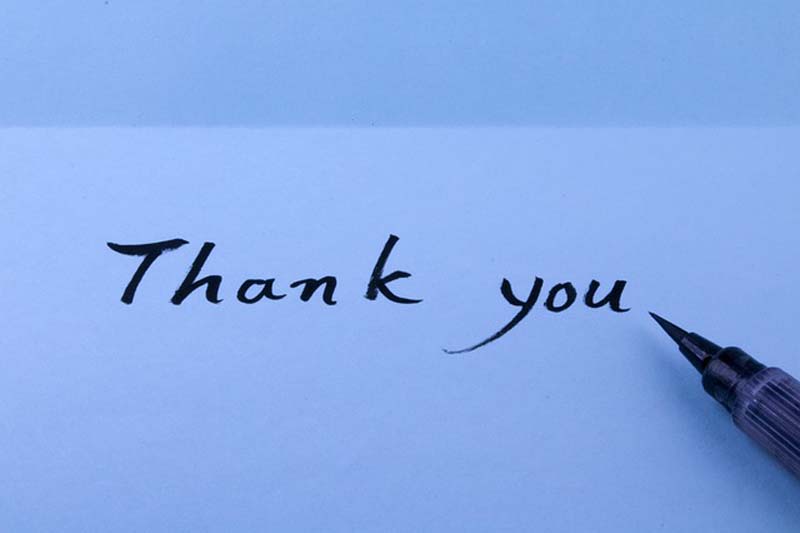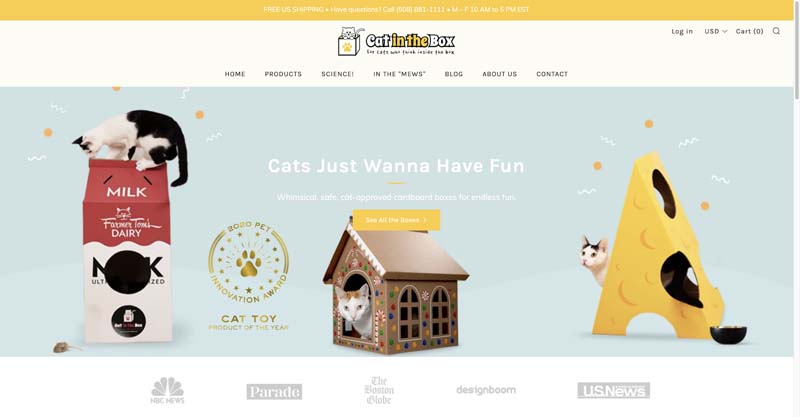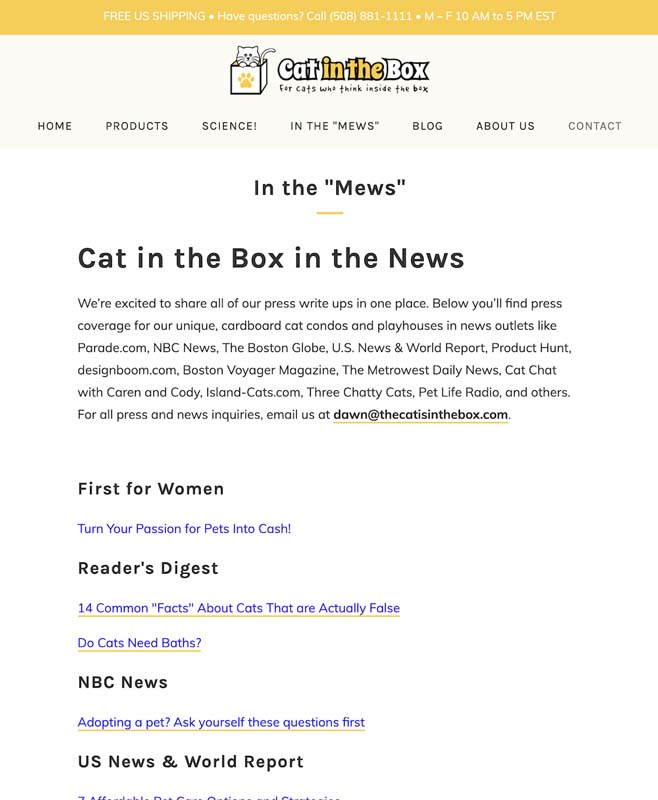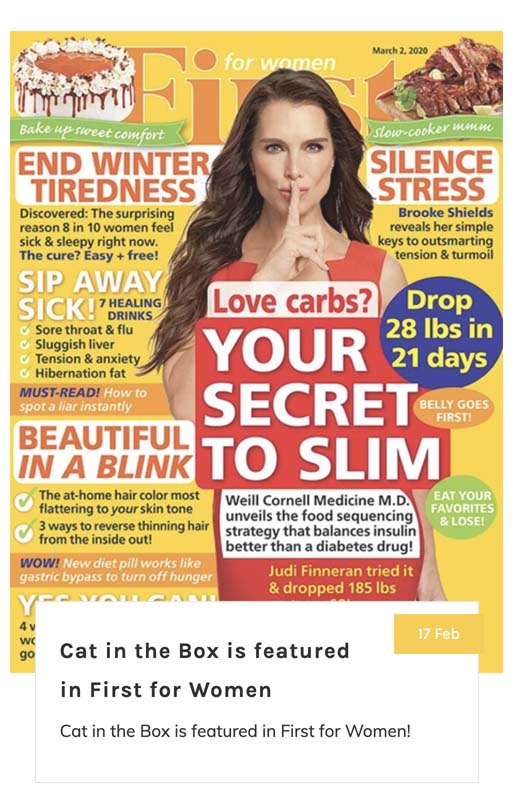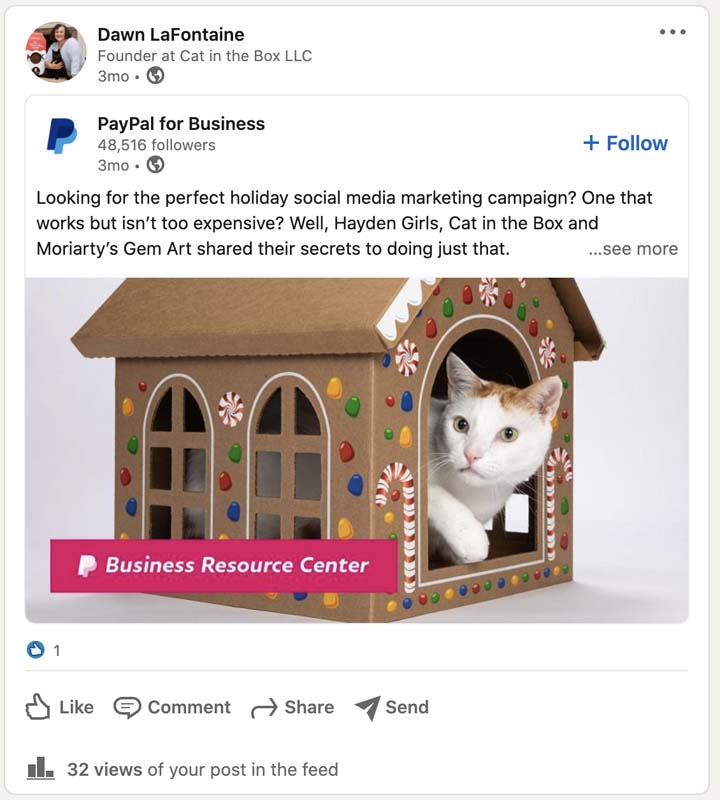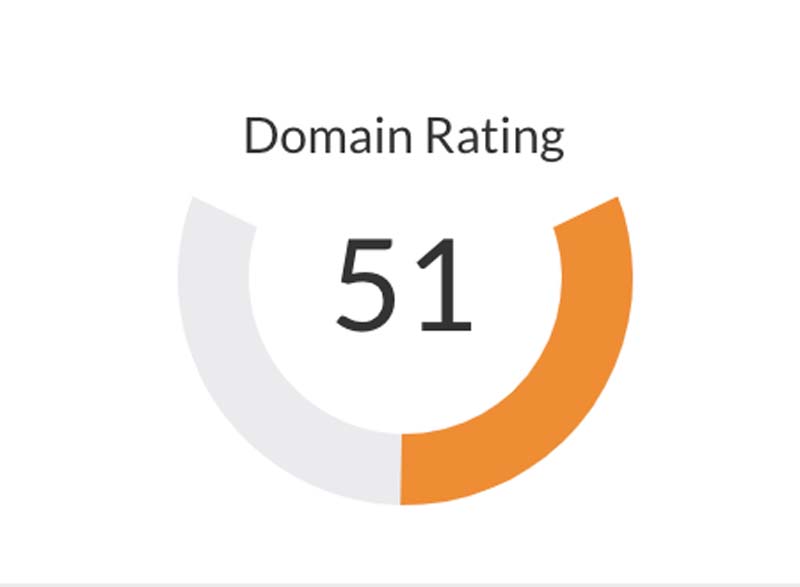The post will teach you how to get free press for your online business by using Help A Reporter Out (HARO). It was written by Dawn LaFontaine, a successful student in my Create A Profitable Online Store course.
Most business owners want free press for their business, but they don’t know how to get it. The world of journalism can seem mysterious to people who are unfamiliar with it. But getting free press isn’t as difficult as it seems.
Thanks to free tools like Help A Reporter Out (HARO), it’s much easier to find and connect with journalists than ever before.
The process is actually very straightforward once you understand the expectations and the actions you have to take to earn a mention in the media.
As a side note, I’m currently an ecommerce shop owner, but my previous career was in business writing. Writing was one of the only skills that I brought with me to this new endeavor. You probably brought something different to the table when you started your online business.
Perhaps you know something about programming or website design. Maybe you have a background in sales or marketing. Everyone has a different skillset; this particular aspect of running an online business just taps into mine.
Editor’s Note: Dawn’s online shop for cat lovers is over at TheCatIsInTheBox.com. Check it out when you get a chance, especially if you own a cat!
Get My Free Mini Course On How To Start A Successful Ecommerce Store
If you are interested in starting an ecommerce business, I put together a comprehensive package of resources that will help you launch your own online store from complete scratch. Be sure to grab it before you leave!
Free Press From Help A Reporter Out Vs Advertising
The best and worst thing about free press is that it doesn’t cost you anything. If what you really want is advertising, you’ll have to pay for it.
Free press is not advertising. Unlike advertising, it’s not necessarily targeted to your audience, it’s not usually aimed at people who are looking to make a purchase at that moment, and you have very little control over how you are represented.
Free press, unlike paid advertising, may not actually lead to immediate sales. Except for one or two lucky mentions in certain publications, in certain stories, at certain times of year, most of my free press has directly led to exactly zero direct sales.
For example, I was included in a story about “mompreneurs” on LegalZoom, and those readers are definitely not in the immediate market for a cat toy. I wonder if anybody even clicked on my link. I doubt it.
That’s not to say you can’t get lucky. I was recently in a gift guide in the Boston Globe Magazine. Anybody reading a gift guide at Christmastime was probably actually looking to buy right at that moment and I sold hundreds of items in a single day. But that’s lightning in a bottle. Don’t count on it.
The other negative thing about free press compared to advertising is that it has a short life span. There’s always another newspaper and headline coming out tomorrow.
If you’re lucky and you get a little bump in sales from some great free press, recognize that it’s going to be short-lived and generally not repeatable.
Even if the result of free press isn’t an immediate, long-term stream of orders, it is still incredibly valuable. More on that later.
The Two Ways To Get Free Press
You can get free press by being proactive or reactive.
In the olden days, reporters would have to seek out stories. You could work on developing a mutually beneficial relationship with a reporter and they would use you as a source time and again because they already knew you.
I live in a suburb of Boston, near apple country. Every fall all the papers post stories about apple-picking venues and they’d always mention one particular orchard. It wasn’t the best, biggest, or nicest orchard around, but they were clearly the savviest.
And thanks to their continuous representation in the papers year after year, they eventually grew to be the biggest apple game in town. They’re a fall mega attraction now.
The newspaper business is different today and many reporters get their sources in other ways. But you can still get free press by being proactive.
Services like Help A Reporter Out allow you to instantly get in touch with hundreds of reporters every single day.
What Is Help A Reporter Out (HARO)?
HARO is an online service where journalists find sources for content. HARO stands for Help a Reporter Out, and the website is helpareporter.com.
There are quite a few other services that are similar to HARO out there. I haven’t tried them so I can’t speak to them. I find that I only have time to peruse this one site.
There are two sides to HARO: on one side are the bloggers and reporters who submit queries, and on the other side are subject-matter experts, business owners, PR professionals, and ordinary citizens who respond to those queries, hoping to see themselves in real or virtual print.
Signing up is free, and once you do, you’ll get three newsletters a day. The newsletter is a list of all the stories that some journalist or blogger is planning to write.
If you think you have something to say about one of the story ideas, you can click on the hyperlink in the list and it will bring you to a short paragraph that describes more specifically what the reporter or blogger is looking for.
Here is a portion of a recent newsletter. You can see that the journalists here are looking for diverse information on salt, on N95 masks, on getting pandemic-related car insurance discounts, among other things.
When you click on a hyperlink it brings you to a more detailed listing. In it, the reporter says she’s writing for INSIDER, that she’s only looking for hospital or private-practice dieticians to respond, that her deadline is noon on February 12, and the specific questions she wants answered.
Notice the email address. Responses will go into a special mailbox that will deliver them to this journalist, Erin Heger.
How To Craft The Perfect Response To A Help A Reporter Out Query
A good response, one that increases your chances of getting into a publication, has 3 components:
- It is fast. Everyone knows about HARO. If you hem and haw, and try to craft just the perfect response, or plan to get to it later that night, you can forget about it. Don’t even bother missing the deadline because HARO won’t even deliver your response to the reporter.
But don’t wait hours either, because dozens of other people will beat you to the punch. It’s going to a take a special kind of reporter to read through dozens of responses, especially when the first five she read already met her needs. You really want to be one of the first respondents.
- It is complete. Answer all the questions. Provide all the information requested in the order requested. If the query asks for a headshot, provide a link to a headshot. (Note that you cannot attach photos to a HARO response.)
- It is thorough. Answer the questions with more detail than initially seems required. Maybe there’s an angle to the answer that the query-writer hadn’t even thought of.
Write the story for them. Make their job as easy as possible and they just might include your response because it saves them time and work.
A good response also starts off with an introductory sentence that indicates what HARO query you’re responding to, just in case the reporter has more than one out there. So, it might read something like:
“I’m writing in response to your HARO request for information about why cats purr.”
Depending on the nature of the query, you might want to next indicate why you are an expert on this topic. One thing I do is leverage other HARO successes, by providing links to my most prestigious quotes, like this:
I own a cat-products business, blog on all things “cat,” and am a shelter volunteer and foster mother to orphaned kittens. I was recently quoted on pet-related topics in NBC News, U.S. News & World Report, and Reader’s Digest articles which you can read here:
https://www.nbcnews.com/better/lifestyle/adopting-pet-ask-yourself-these-questions-first-ncna1053326
https://money.usnews.com/money/personal-finance/saving-and-budgeting/articles/affordable-pet-care-options-and-strategies
https://www.rd.com/advice/pets/common-cat-myths/
The next paragraph (or more) has your query answer, and this is the hard part. Depending upon what the query is asking for, your answer can be very short and to the point, or very long and detailed.
For example, one query that I responded to, about holiday craft projects, required little more than a link to one of my products and a quick description of what makes it crafty.
Another, which asked how entrepreneurs use their blog, required a solid paragraph explaining that I use my blog to connect with potential customers by writing about what matters most to them: their pets.
I described the types of topics that I typically cover and how I disseminate the posts through email marketing.
And some pitches are extremely detailed. A recent response that I wrote on a question about pet separation anxiety required some serious research and a 600-word “story” that could have easily been the journalist’s entire story if he wanted it to be.
The final sentence of the pitch is just a simple polite offer to be available for follow-up questions:
If you have any additional questions, please don’t hesitate to reach out.
How To Streamline Your HARO Responses
After doing this for a while, I started to notice that there were seasonal trends to certain HARO queries, and also a lot of repeated topics. Why reinvent the wheel each time?
I got tired of combing through my email sent folder, trying to find out what I wrote the last time someone asked the same question.
I started to keep a Word doc containing some of my responses. The first page is a numbered index that refers to numbered pages below. This index was really meant for my eyes only, but I’ll share a piece of it with you here.
Occasionally, I still have to write a fresh response, but mostly I can tweak a response I’ve already got in the can, or use it wholesale. Responding to HARO requests takes me only minutes each week now.
What To Expect After You Submit A Response On HARO
Expect nothing, nada, silence, because chances are, that’s what you will get. Even if you spent a long time preparing the most thorough response in the world, if the journalist is not going to include you in her article, she won’t let you know.
She won’t tell you why she’s not including you. She won’t offer suggestions that will help you concoct a better response next time.
There’s also a pretty good chance that if the journalist loved what you wrote, and used it in an article, you won’t hear anything either! I Googled myself for this presentation and discovered I was quoted in a Reader’s Digest online article about whether cats need baths.
HARO rules dictate that a journalist must let you know if he’s included you in his story, but some don’t. These media outlets should have a professional policy about how to treat contributors, but most of them use freelance journalists and it’s the Wild West out there.
On a rare occasion – and I think it’s happened to me only two or three times – a journalist will get back to you seeking clarification on a point, or simply want more information about a topic. I was in an article about women-owned pet businesses in First for Women, and that back-and-forth process continued over a period of months.
If that happens, respond immediately, and respond thoroughly. There are deadlines that do not wait for you to finish that run on the treadmill. If you absolutely need more time for a legitimate reason say so, but know that you might lose the opportunity to be included.
I got a series of follow-up questions for an article on microchipping your cat when I was driving my daughter back to college in rural New York. There is no cell service for half of the drive and I had to tell the journalist that. On that particular occasion the writer’s deadline was a month away so it turned out that I had plenty of time to respond.
Most journalists, if they include you in a story, will do the polite thing and send you the link to the story when it’s complete.
Definitely check to make sure your information is correct in the story, and that you have an active, working backlink. If you don’t, do not hesitate to reach back out to the journalist to correct the discrepancy.
Definitely ask for a backlink if you weren’t given one, depending on the story and the publication. Note that HARO rules do not require a journalist to provide a backlink.
However, most online publications understand that this a mutually beneficial relationship and that you expect a backlink in exchange for the content you provided.
I’ve had a few publications add one after I’ve asked. Some of the outlets with more prestige don’t care what you expected, however. You’ll have to find some other way to benefit from this win.
The Proactive Pitch Method – Another Way To Get Free Press
In addition to Help A Reporter Out, another way to get free press is to pitch potential story ideas about your company directly to a reporter. This method requires more legwork and luck but you have the potential to score an exclusive feature that showcases your business.
In order to be successful with the “direct pitch” method of getting free press, you first must understand the life of a reporter.
When I met my husband, he was the sports editor for a local paper in Maryland. He worked 80 hours a week, made $12,000 a year, and was driving his car into the ground.
He was perpetually behind on his bills and on his deadlines. When I met him, he didn’t own pants that fit him because he couldn’t afford them. (I bought him pants on our second date. I was doing corporate writing at the time, and I made more money than him.)
What I’m trying to say is that reporters don’t have any time or energy to devote to you and your business. If you have something to offer them – or specifically, to offer to their audience – they just might run it, but only if you make it easy for them to do so.
So, when you think about pitching a story idea to a newspaper or magazine, the question you have to ask yourself is not, “What do I want people to know about my business?” but “What would that publication think their audience would want to read at this very moment in time?”
Proactive Pitches Need A “Hook”
To get published, you have to have a “hook.” A hook is a story technique to grab the audience’s attention. The hook could relate to a bigger world news story, or be a story of local interest, depending on the publication. It could be something else that’s already going on in a reader’s world, like a holiday.
Maybe your town is revitalizing its shopping district, and your new shop is going into one of the storefronts. Readers are already interested in the revitalization story, so that’s your hook.
Maybe Valentine’s Day is coming up and you make very unique free-trade chocolates that can be shipped anywhere. Valentine’s Day is the hook because people are already looking for gifts or ways to celebrate the upcoming holiday.
But the hook is never “I make really cool T-shirts and I want you to publish a story about them.”
It’s not always easy to come up with a hook that also involves your business or product, which is why this approach may not be for every kind of business at every point in time.
An Example Hook That Converted For My Business
My first bit of free press for my online store The Cat in the Box was in The Boston Globe a few days after my website went live. It wasn’t in the main part of the paper; it was in the Metro West section, which is where I live.
And it wasn’t even in the main part of the Metro West section, it was in the little openings/closings blurb at the back, announcing the opening of my virtual doors.
A new business isn’t always interesting to a newspaper, but the opening of my business in this case was a hook because…
- It was relevant to this audience of Metro West residents.
- It was an “openings” story aimed at Metro West readers who were interested in openings.
- It was actually news. I’d just started the business; they wouldn’t have published this bit a year in.
But there are two equally important reasons the piece probably got published: 1) Luck. It’s entirely possible the paper just had space it needed to fill that day, and 2) I made it really easy on the reporter, which I’ll explain.
How To Increase Your Chances Of Getting Published
You could have the best story idea in the world, but there’s a journalist between you and getting the story published. There are two things you can do to improve your chances of getting into a publication:
Do All The Work So The Journalist Doesn’t Have To
This is the actual letter I wrote to pitch my story. The “pitch” in this case was the story. It had every bit of information in it that the journalist needed to “write” the story, and, in fact, she really didn’t write much of anything; she just used what I gave her.
I even attached high-resolution photos to the pitch. You don’t want to make the journalist have to follow-up with you to ask for photos because it’s extra time and effort. If she has to follow-up, she may just decide to forget about it.
It’s possible that’s why my barely-a-story became a story at all. Maybe they had a better piece for that little spot, but my story was just easier to do.
Be Persistent. Don’t Give Up
The second time I was in The Boston Globe involved a bit of luck. The Sunday Boston Globe Magazine was running a huge story on made-in-New-England products for Christmas.
My product got a big splashy photo on page 1, during quarantine when readers were looking for things they could purchase online. It led to a large number of sales.
It was luck, but it was also “made luck.” This was actually my third attempt, over the course of three years, to get into the annual gift section.
I didn’t even get a response in previous years. So, know that if you’re going to be proactive about getting free press for your business, you’d better be persistent. This game is about shots on goal.
What To Do After You Appear In A Publication
Regardless of whether you obtain free press from Help A Reporter Out or through a direct pitch, you should always write a thank you note to the journalist.
If the journalist is kind enough to let you know a story has gone live, be sure to thank them. Do it because it’s the right thing to do, and do it because you want to maintain a good relationship with these freelance writers.
Most of them write for multiple publications and if they are ever revisiting a topic and remember how easy you were to work with, there’s a chance they’ll use you again. I’ve been in POPSUGAR a few times, and in Reader’s Digest twice now.
I have no idea if it was because of a writer’s previous positive experience with me, or because of luck, but I like to at least give luck a fighting chance to happen.
The thank you note is simple. It should include three things:
- Appreciation for being included in the story.
- Something that shows you actually cared enough to read the whole story and that you benefited from it.
- A promise to share it on your social channels.
Here’s an example of the kind of thank you note that I send. In this case, I was quoted in a story about what to say when someone’s pet dies.
Thank you so much for including me in your story, “What to say when someone loses a pet.” I was very touched by some of the thoughtful advice your other interviewees provided, especially the comment about conveying empathy without making it about you.
I’ve linked to the article on my “In the Mews” page here. I’ll be sharing it on Facebook and via email to my customers later this week.
Thank you again,
Dawn
Promote The Exposure On Your Website
After you respond to the journalist with a thank you note, put your hard-earned link on a press page somewhere on your website.
I actually put my media wins on two to three places on my website:
- Front page. I have a graphic on my front page that that highlights some of the more prestigious press I’ve gotten.
- Press page. I have a press page that I call “In the Mews” – that’s a little cat humor – where I link to all of the articles.
- Blog post. I sometimes put out a short blog post about a press appearance, especially if it’s something more prestigious, like the First for Women article.
Promote The Link On Social Media
If it’s a business-related article, like the recent story about entrepreneurship over 50 that I was featured in, I’ll post it to Twitter and LinkedIn. It’s usually a simple post that tags the publication and shows appreciation for being included and includes a link to the story, something like:
“Thanks to @PayPal for including me in this story about budget-friendly holiday social-media marketing strategies.”
My cat peeps are generally not going to be interested in a story like this so I’m mindful of my audience when deciding where to post.
If it’s a niche-related story, in my case, about cats or pet care, I’ll post it to my business Facebook page. When I’ve got 10,000 followers on Instagram (I’ve got about 9,000 now), I plan to include these kinds of things in an Instagram story with a swipe up.
Right now, because I can’t post a clickable link on Instagram, I don’t see the point. Without a link it won’t benefit my Insta followers and feels too self-serving.
And finally, I include a link to the post in my email marketing. If I’ve been featured or quoted somewhere, I’ll put a little blurb about it at the bottom of my weekly email to customers.
I don’t think many of my email recipients actually click on it to read the story, but I’m hoping that it confers a certain gravitas on me and my brand, that I’m a cat “expert,” and that other legitimate resources seek me out for input.
What To Do If All Your Hard Work Was For Naught?
So, you followed all of my advice, spent however long it took to research the HARO topic and write a well-crafted response that could have easily been the journalist’s whole article, and you got nothing anyway.
That happens to me all the time. I always make lemonade out of lemons and very little effort gets wasted.
If I spend time preparing a response for someone else and they don’t want it, I use it in my own blog. Sometimes, even if they use my response, I’ll write a blog post on a related topic a few weeks or months down the road, too.
I’m very careful, however, not to use the same language in my blog post that was used in any quote of mine in another story. The quotes you offer to a journalist should be exclusive.
Here’s an example: I responded to a HARO request for information about the Munchkin cat breed. I wrote an in-depth response to the journalist and got zip. But I’m not crying in my coffee over here and there was no way I was going to let that effort go to waste. A couple of weeks later I expounded on what I wrote to the journalist, and turned it into a full-blown blog post.
That turned out to be one of my best-performing blog posts, resulting in over 12,000 visits to my website last year.
Why Bother, If You Don’t Get Sales?
This can be a lot of work, especially until you get a good collection of common responses going, like I have. If you’re not going to get sales from your free press right away, why put all the effort in?
When I started my business, Cat in the Box, and tried to find it on Google, I couldn’t, no matter how I searched. Probably that would have been true of any business.
But Cat in the Box is an unfortunate business name because it shares a reference with the famous quantum physics thought experiment, Schrödinger’s Cat.
It’s especially unfortunate because the popular television show, The Big Bang Theory, referenced Schrödinger’s Cat in an episode, and so millions of people searching for Cat in the Box are not looking for information about boxes for their cats. There are literally 17 Google search results pages for Schrödinger’s Cat.
Thanks to all the backlinks I’ve earned through this free approach, I have an ahrefs Domain Authority of 51, and now when I type my business name in private browsing, it now actually shows up first in search results.
I don’t actually know what that means for my business, but I quadrupled my sales in 2020 and approximately tripled the size of my email list, and spent virtually nothing on advertising. I have no idea if the two things are related. But I’m going to keep betting they are.

Ready To Get Serious About Starting An Online Business?
If you are really considering starting your own online business, then you have to check out my free mini course on How To Create A Niche Online Store In 5 Easy Steps.
In this 6 day mini course, I reveal the steps that my wife and I took to earn 100 thousand dollars in the span of just a year. Best of all, it's free and you'll receive weekly ecommerce tips and strategies!
Related Posts In Ecommerce SEO
- How To Get a 90+ Core Web Vitals Score For An Ecommerce Store (Case Study)
- How To Put Your Website Under Maintenance Without Affecting Your Search Rankings Or Losing Money
- My Website Audit Checklist – Templates & Tools To Boost SEO
- Shopify SEO – How To Rank Your Store On The Search Engines
- Shopify Blog – Should I Use WordPress For My Shopify Or BigCommerce Blog?

Steve Chou is a highly recognized influencer in the ecommerce space and has taught thousands of students how to effectively sell physical products online over at ProfitableOnlineStore.com.
His blog, MyWifeQuitHerJob.com, has been featured in Forbes, Inc, The New York Times, Entrepreneur and MSNBC.
He's also a contributing author for BigCommerce, Klaviyo, ManyChat, Printful, Privy, CXL, Ecommerce Fuel, GlockApps, Privy, Social Media Examiner, Web Designer Depot, Sumo and other leading business publications.
In addition, he runs a popular ecommerce podcast, My Wife Quit Her Job, which is a top 25 marketing show on all of Apple Podcasts.
To stay up to date with all of the latest ecommerce trends, Steve runs a 7 figure ecommerce store, BumblebeeLinens.com, with his wife and puts on an annual ecommerce conference called The Sellers Summit.
Steve carries both a bachelors and a masters degree in electrical engineering from Stanford University. Despite majoring in electrical engineering, he spent a good portion of his graduate education studying entrepreneurship and the mechanics of running small businesses.


